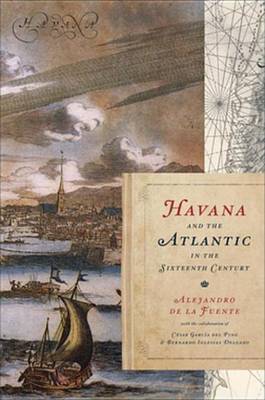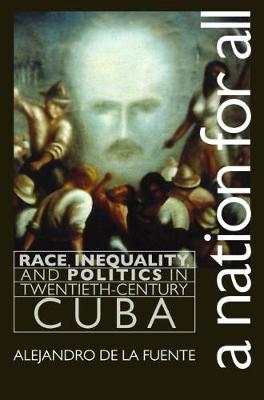Envisioning Cuba
2 total works
Havana in the 1550s was a small coastal village with a very limited population that was vulnerable to attack. By 1610, however, under Spanish rule it had become one of the best-fortified port cities in the world and an Atlantic center of shipping, commerce, and shipbuilding. Using all available local Cuban sources, including parish registries and notary, town council, and treasury records, Alejandro de la Fuente provides the first examination of the transformation of Havana into a vibrant Atlantic port city and the fastest-growing urban center in the Americas in the late sixteenth century.De la Fuente argues that Havana was much more than a port servicing the Spanish imperial powers. Analyzing how slaves, soldiers, merchants, householders, and transient sailors and workers participated socially, economically, and institutionally in the city, he shows how local ambitions took advantage of the imperial design and how, in the process, Havana was turned into a Caribbean trading center with a distinctly Mediterranean flavor. By situating Havana within the slavery and economic systems of the colonial Atlantic, de la Fuente also contributes to the growing focus on port cities as contexts for understanding the early development of global networks for economic and cultural exchange.
After 30 years of anticolonial struggle against Spain and four years of military occupation by the United States, Cuba formally became an independant republic in 1902. The nationalist coalition that fought for Cuba's freedom, a movement in which blacks and mulattoes were well represented, had envisioned an egalitarian and inclusive country - a nation for all, as Jose Marti described it. But did the Cuban republic and later the Cuban revolution, live up to these expectations. Tracing the formation and reformulation of nationalist ideologies, government policies, and different forms of social and political mobilization in republican and postrevolutionary Cuba, de la Fuente explores the opportunities and limitations that Afro-Cubans experienced in such areas as job access, education, and political representation. Challenging assumptions of both underlying racism and racial democracy, he contends that racism and antiracism coexisted within Cuban Nationalism and in turn, Cuban society. This coexistence has persisted to this day, despite significant efforts by the revolutionary government to improve the lot of the poor and build a nation truly for all.

